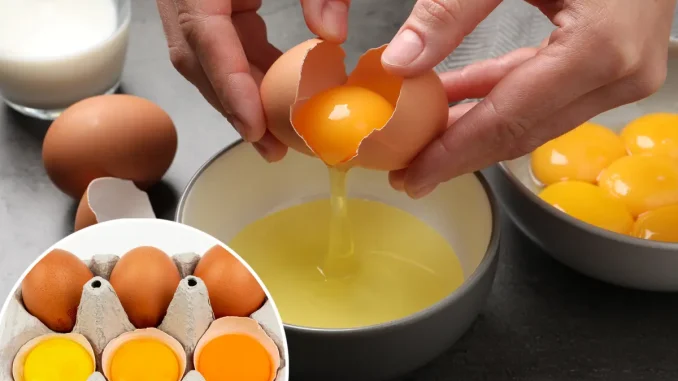
The color of an egg yolk often sparks curiosity among consumers, and for good reason — it’s a subtle indicator of a hen’s diet and, to some extent, her health. A bright orange yolk usually comes from a diet rich in carotenoids, such as those found in fresh grasses, marigold petals, or yellow corn...CONTINUE READING THE FULL ARTICLES HERE
On the other hand, pale yellow yolks often indicate a grain-heavy diet with fewer colorful plants. While yolk color doesn’t drastically affect the basic nutritional content, it can hint at the presence of certain antioxidants.
Many people believe that darker yolks automatically mean better nutrition, but that’s not entirely accurate. The protein, fat, and cholesterol levels in eggs remain relatively consistent regardless of yolk color.
What changes is the level of beneficial pigments like lutein and zeaxanthin, which contribute to eye health. Farmers can even tweak feed to adjust yolk color, which is why free-range or pasture-raised eggs often have deeper-colored yolks compared to factory-farmed ones.
Beyond nutrition, yolk color also influences taste and culinary results. Some chefs claim that richer-colored yolks taste creamier and produce more vibrant baked goods and pasta.
Cultural preferences vary too — for example, in parts of Europe and Asia, consumers often prefer deeper orange yolks and are willing to pay more for them.
In the end, the color of an egg yolk is more than just an aesthetic detail. It’s a window into the hen’s diet and farming conditions, reminding us how food production impacts quality.
So next time you crack an egg, take a closer look at the yolk — its hue can reveal much more than you might expect.
Kindly Follow Our WhatsApp Channel
Disclaimer: This content including advice provides generic information only. It is in no way a substitute for a qualified medical opinion. Always consult a specialist or your own doctor for more information. NEWSHOUR does not claim responsibility for this information.
